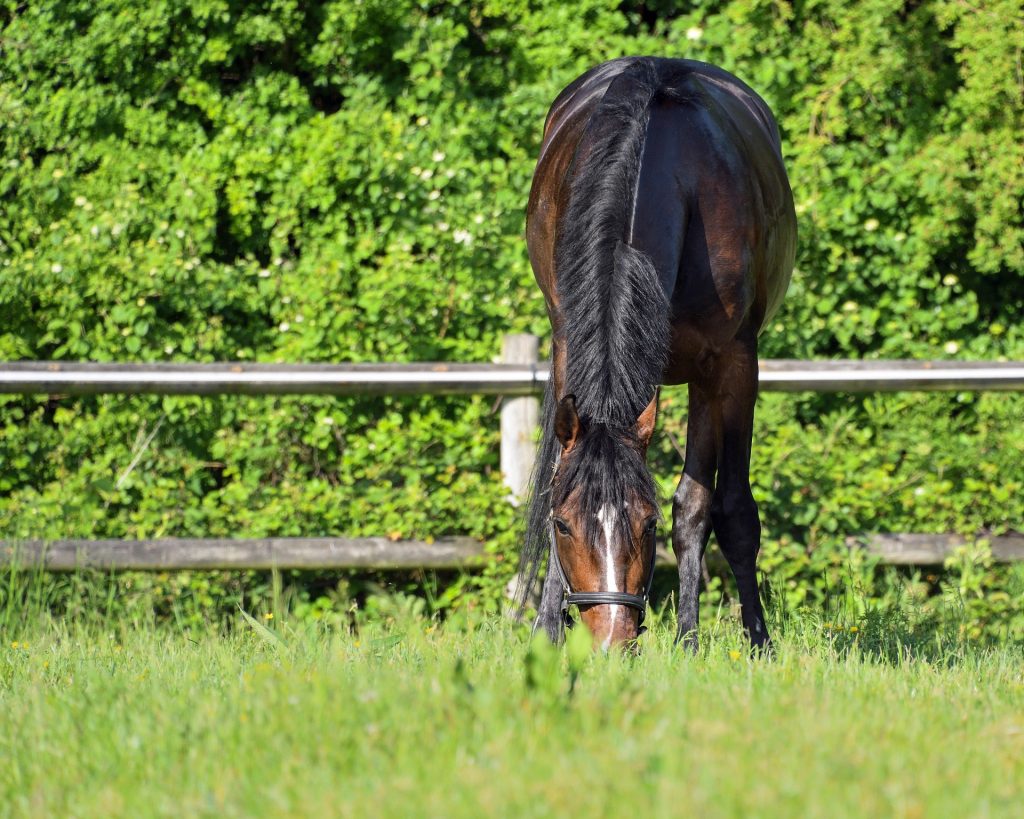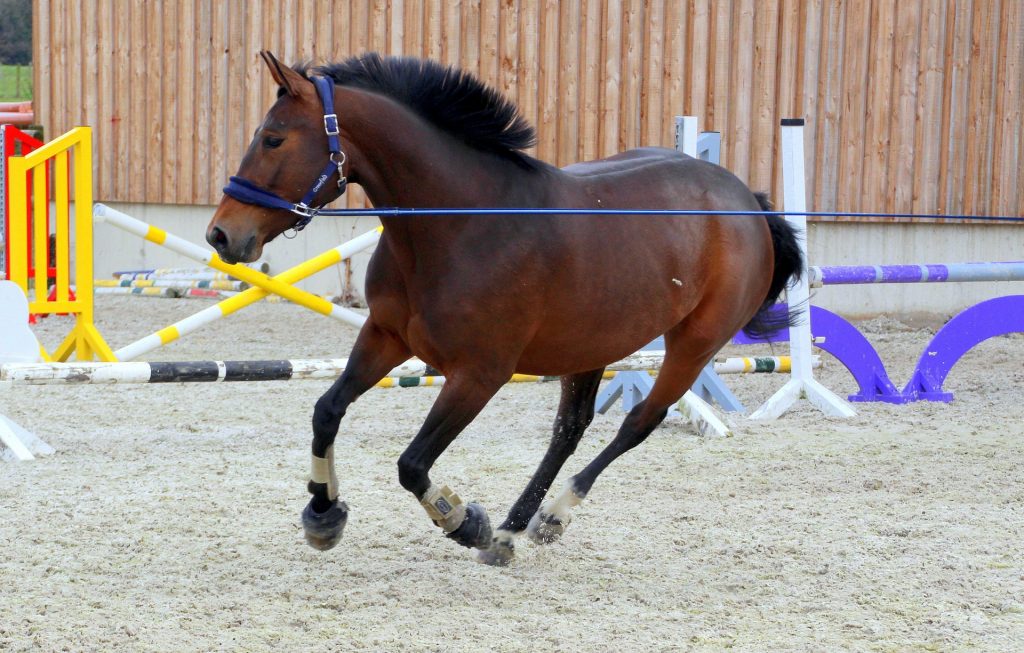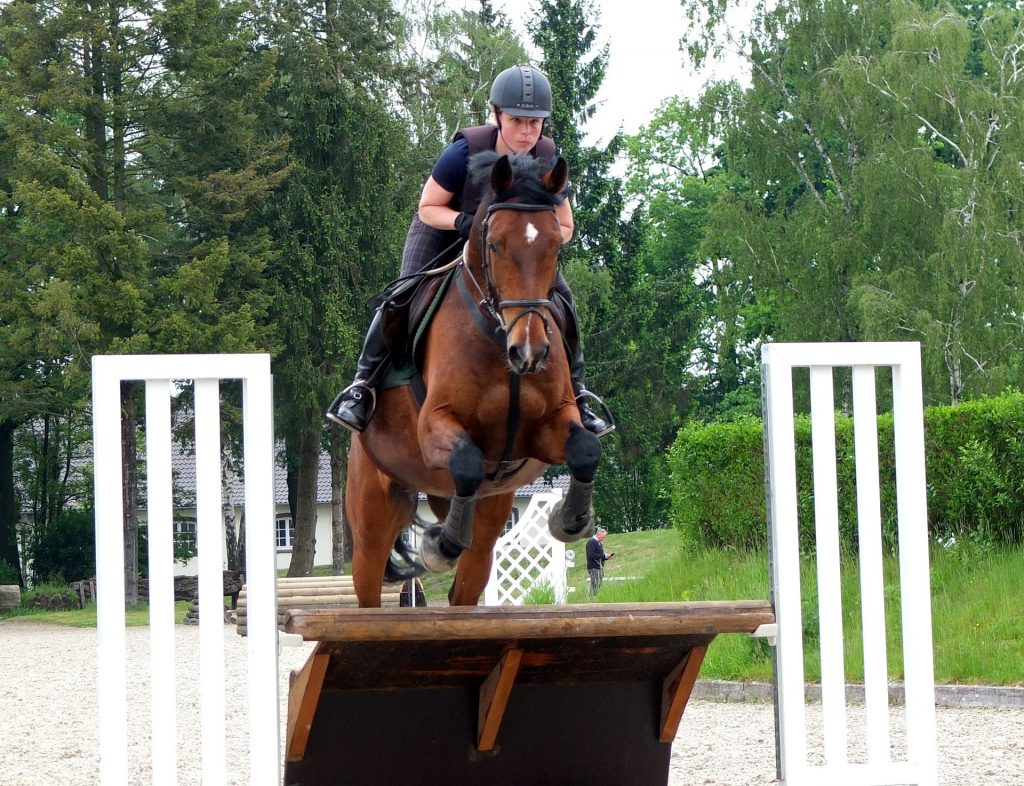Wednesday, August 23, 2017
The vacations are over and it's back to school time. After weeks of sunbathing, it's time to get back in the saddle. But how do you get your horse back to work after the summer? Seaver tells you all about it.

Has your horse had a well-deserved break too? Here are a few tips to help you prepare for the new season.
Putting a horse back to work after several weeks of inactivity should be a very gradual process. It's out of the question to go back to the show ring in the first week, or to do one intensive session after another!
"If the horse was in good physical condition beforehand, and as long as the cessation of activity did not exceed 4 or 5 weeks, it can go quite quickly" - Michel Robert.
Before returning to work, it's important to give your horse a general check-up. Plan a visit to the vet, the farrier and, if necessary, the osteopath...
In addition to assessing the general condition of the horse and drawing your attention to specific points to be treated or monitored, the veterinarian can advise you on the schedule for returning to work, adjusting the diet, etc. The farrier will assess the condition of the feet, prescribe appropriate care and adapt the shoeing to more intensive work.
The pace of work should be adapted to your horse and its physical condition when it returns from "vacation". In all cases, we recommend starting with short sessions of progressive difficulty, alternating with rest sessions.
"The first rule for getting a horse into, or back into, physical condition is to divide up the work. In other words, alternate between periods of effort and periods of recovery", Michel Robert.
Walking, lunging or free-roaming sessions without a rein are a good way to get your horse back into shape in the best possible conditions, without putting your weight on him.
Start with a fairly wide circle at walk and trot. As soon as you feel he's available and listening, vary the size of the circles and ask for transitions. Don't forget to work with both hands.

On subsequent days, introduce galloping and use wide circles to help him keep his balance. Ask for transitions frequently enough to maintain his attention. Insist progressively on widening and narrowing circles, without making it difficult for him. You can gradually increase the length of your sessions and add reining as required.
If your club has a walker, don't hesitate to use it. It's a beneficial exercise for gently erasing stiffness and soreness, and gently getting the muscle-building process back on track.
When your mount no longer seems tired from lunging or free-riding, it's time to switch to horseback.
The first mounted work sessions should still be light. Start with a walk and a trot as if he were a young horse. Take him outside two or three times a week to keep his spirits up, if you can. Look for uneven ground to work his breath, and ask for increasingly sustained gaits. Finish with neck extensions or other stretching exercises to stretch the back and prevent soreness.
Then the more "serious" work can begin. Ask him to do more complex exercises: leg cessions, shoulders in, presses, etc. You can also introduce ground bar sessions at the trot or canter to give your horse more bounce. When you feel ready, add some jumping work. Start with 2 or 3 jumps, then gradually increase the number and height. You can use your Seaver strap to monitor your jumping performance (height of jumps, number of jumps, course layout, etc.) as you go along. Always remember to build up gradually, and don't forget the rest sessions.
"The horse's body will harden as the jumping sessions progress. There's nothing to stop you jumping small obstacles almost every day. On the other hand, jumping too high too fast is just asking for trouble. Far too many horses hurt themselves on landings and don't want to jump any more because they haven't been sufficiently prepared physically" - Michel Robert.

Theoretically, after 3 to 4 weeks, your horse is ready to return to the show ring. Don't hesitate to start with tests at a lower level than what you were doing at the end of the previous season, so as to gradually get back into the swing of things.
See you soon for a new article,
The Seaver team